Thyme, Orange (Thymus fragrantissimus), packet of 100 seeds, Organic
$4.95
Family: Mint (Lamiaceae)
Hardy to Zones 5 to 10
(Thymus vulgaris ssp. fragrantissimus) Evergreen woody subshrub to 12 inches tall, native to the Mediterranean. With flowers of pink and leaves redolent with citrus, the plant is also pretty on the dryland landscape and well-loved by bees. The dried leaf is a good condiment and tea herb, with distinct and lasting orange flavor. Traditional usage (TWM): Carminative. Plant prefers full sun and dry soils. Harvest leaves prior to flowering. Trim back in fall to 1 inch above previous year’s growth. Sow seeds in warm soil. Surface-sow, tamp securely and keep warm and in the light until germination. Thin or transplant to 2 feet apart.
100 seeds per packet, Certified Organically Grown
In stock

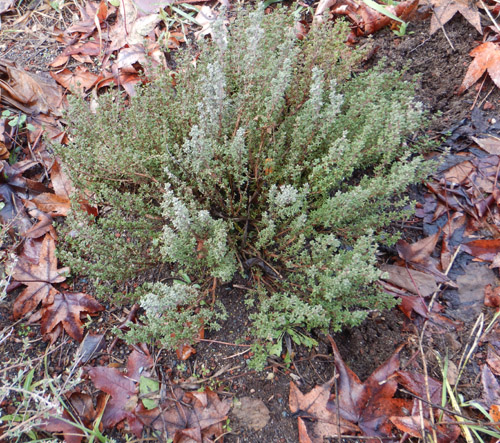
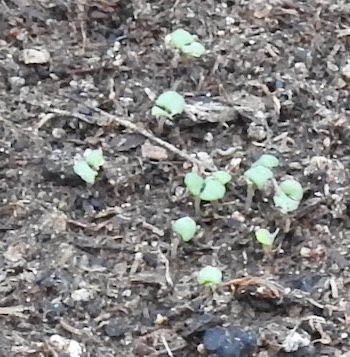
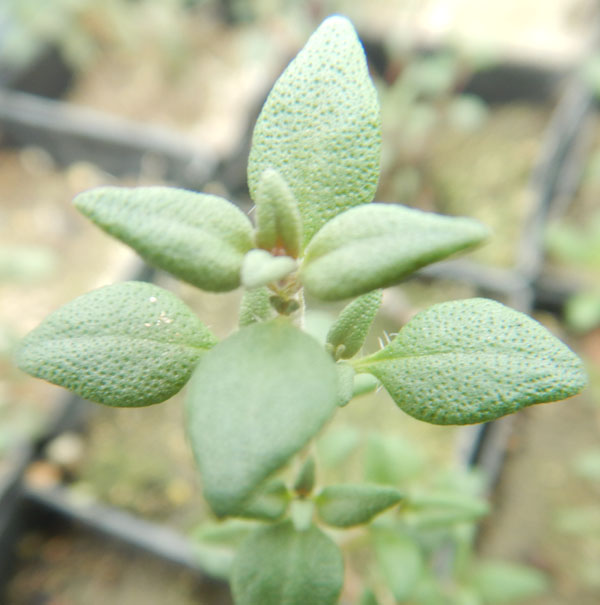

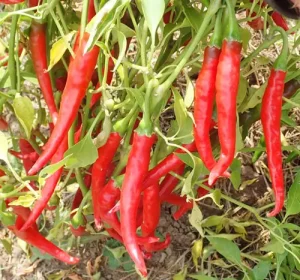
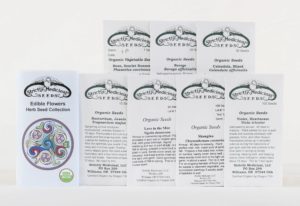
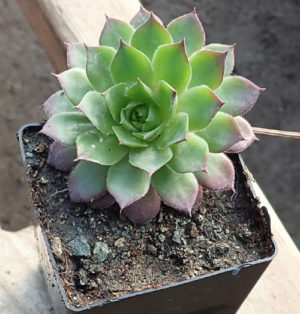
Kalili (verified owner) –
As always great seeds! A question: to avoid cross-pollination in the Thyme varieties: Orange, German, English, French, Greater Wild how far apart do you recommend growing them? I have plentiful little pollinators to keep happy but do not want the Thyme to cross if I choose to collect seeds so I’d like to keep them happy and me, too.
Upvote if this was helpful (0) Downvote if this was not helpful (0) Watch Unwatch Flag for removal
Richo Cech –
Hi Kalili,
Thyme is a bit tricky in its pollination and seed production scenarios, as any given plant will produce either pistillate or hermaphroditic florets (gynodioecious). There’s more info on this in “Growing Plant MEdicine Vol 2” which is recommended. Basically, Thymus of different species are unlikely to cross. So Greater Wild Thyme (T. pulegioides) isn’t going to cross with Common Thyme (Thymus vulgaris). Watch out for the different kinds of Thymus vulgaris (German, French, English–even Orange)–these may cross. No room to really discuss why, but isolation is as much a function of garden layout and ecology as it is of distance. If you plant distinct patches of the desired types, and keep them separated by rows of different plants, the bees tend to stay put where the flowers are and hybrindization is less likely. Richo
Upvote if this was helpful (0) Downvote if this was not helpful (0) Flag for removal
Question
Sarah –
Is there a big difference in flavor between this orange thyme & lemon thyme? I see this say a lemony flavor & I have lemon thyme already so I was just curious if you might know the flavors compared. Thanks!
Upvote if this was helpful (0) Downvote if this was not helpful (0) Watch Unwatch Flag for removal
Richo Cech –
hi sarah, thanks for writing, the 2 plants you’re describing are different species with different appearance and different flavor profiles. Lemon thyme is Thymus citriodora with leaves variegated with yellow. Thymus fragrantissimus (often expressed Thymus vulgaris ssp. fragrantissimus) looks like standard thyme and has an orangey flavor. We don’t grow citriodora due to a general preference for non-variegated plants (just my schtick, I feel sorry for them, they have less resources to photosynthesize). We do grow fragrantissimus and have actually started a whole field of it and will be offering it next year in dried herb form. As you can probably tell I prefer it. richo
Upvote if this was helpful (1) Downvote if this was not helpful (0) Flag for removal
Question
Richard –
Do you ship to Singapore? Thanks!
Upvote if this was helpful (0) Downvote if this was not helpful (0) Watch Unwatch Flag for removal
Richo Cech –
if you can order, we will ship, and cannot guarantee receipt. r
Upvote if this was helpful (0) Downvote if this was not helpful (0) Flag for removal
Question
Amethyst Trotter –
Is this the same species as T. Citriodorus?
Upvote if this was helpful (0) Downvote if this was not helpful (0) Watch Unwatch Flag for removal
Richo Cech –
Hi Amethyst, no, citriodorus is lemon thyme, fragrantissimus is orange thyme. r
Upvote if this was helpful (0) Downvote if this was not helpful (0) Flag for removal
Anamaris –
Hi!
Send Puerto rico?
I search thymus zygis
Thanks and sorry for my english
Upvote if this was helpful (0) Downvote if this was not helpful (0) Flag for removal
Richo Cech –
hi! no problems. we can ship to PR. richo
Upvote if this was helpful (0) Downvote if this was not helpful (0) Flag for removal